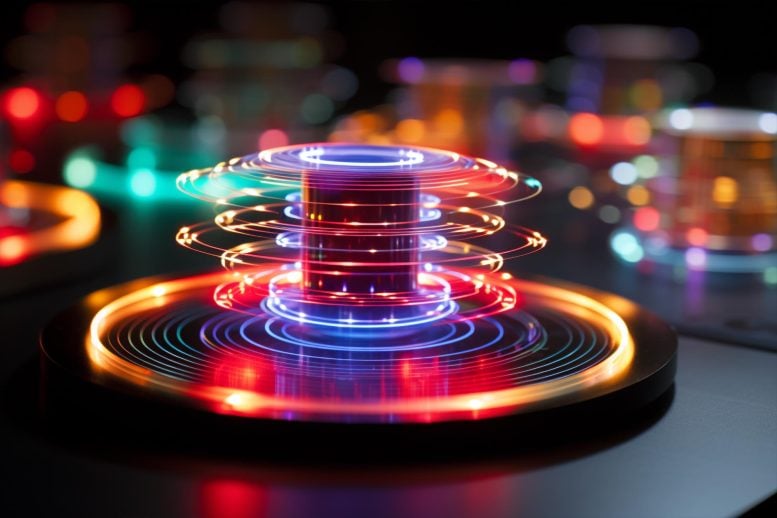
Scientists have discovered that trapping light within certain magnetic materials can significantly enhance their intrinsic properties. Their study examined a specific layered magnet capable of hosting powerful excitons, enabling it to trap light independently. The optical reactions of this material to magnetic occurrences are remarkably stronger than those in regular magnets.
Researchers have discovered that trapping light in specific magnetic materials can greatly amplify their properties, offering potential innovations like magnetic lasers and a fresh perspective on optically controlled magnetic memory.
A groundbreaking study conducted by Vinod M. Menon and his team at The City College of New York reveals that trapping light within magnetic materials can significantly boost their intrinsic properties. These heightened optical reactions in magnets pave the way for innovations in magnetic lasers, magneto-optical memory devices, and even in emerging quantum transduction applications.
As detailed in their new article published on August 16 in the journal Nature, Menon, and his team investigated the properties of a layered magnet that hosts strongly bound excitons — quasiparticles with particularly strong optical interactions. Because of that, the material is capable of trapping light — all by itself. As their experiments show, the optical responses of this material to magnetic phenomena are orders of magnitude stronger than those in typical magnets.
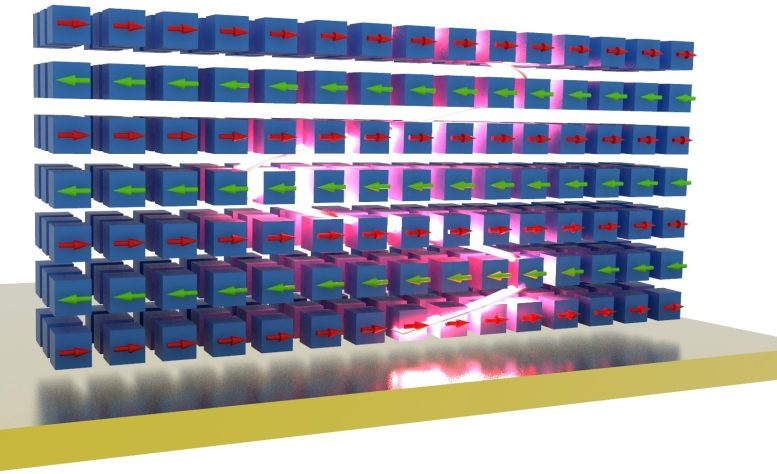
Light trapped inside a magnetic crystal can strongly enhance its magneto-optical interactions. Credit: Rezlind Bushati
“Since the light bounces back and forth inside the magnet, interactions are genuinely enhanced,” said Dr. Florian Dirnberger, the lead author of the study. “To give an example, when we apply an external magnetic field the near-infrared reflection of light is altered so much, the material basically changes its color. That’s a pretty strong magneto-optic response.”
“Ordinarily, light does not respond so strongly to magnetism,” said Menon. “This is why technological applications based on magneto-optic effects often require the implementation of sensitive optical detection schemes.”
On how the advances can benefit ordinary people, study co-author Jiamin Quan pointed out that: “Technological applications of magnetic materials today are mostly related to magneto-electric phenomena. Given such strong interactions between magnetism and light, we can now hope to one day create magnetic lasers and may reconsider old concepts of optically controlled magnetic memory.”
Reference: “Magneto-optics in a van der Waals magnet tuned by self-hybridized polaritons” by Florian Dirnberger, Jiamin Quan, Rezlind Bushati, Geoffrey M. Diederich, Matthias Florian, Julian Klein, Kseniia Mosina, Zdenek Sofer, Xiaodong Xu, Akashdeep Kamra, Francisco J. García-Vidal, Andrea Alù and Vinod M. Menon, 16 August 2023, Nature.
DOI: 10.1038/s41586-023-06275-2
Rezlind Bushati, a graduate student in the Menon group, also contributed to the experimental work.
The study conducted in close collaboration with Andrea Alù and his group at CUNY Advanced Science Research Center is the result of a major international collaboration. Experiments conducted at CCNY and ASRC were complemented by measurements taken at the University of Washington in the group of Prof. Xiaodong Xu by Dr. Geoffrey Diederich. Theoretical support was provided by Dr. Akashdeep Kamra and Prof. Francisco J. Garcia-Vidal from the Universidad Autónoma de Madrid and Dr. Matthias Florian from the University of Michigan. The materials were grown by Prof. Zdenek Sofer and Kseniia Mosina at the UCT Prague and the project was further supported by Dr. Julian Klein at MIT. The work at CCNY was supported through the US Air Force Office of Scientific Research, the National Science Foundation (NSF) – Division of Materials Research, the NSF CREST IDEALS center, DARPA, and the German Research Foundation.

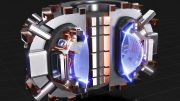

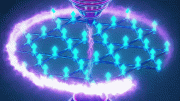
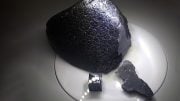
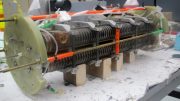
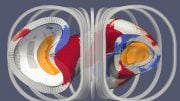
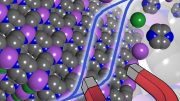
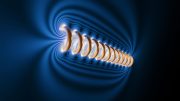
According to the theory of topological vortex gravitational field, the formation and propagation of light cannot be separated from the interaction of topological vortex fields. Light of the same origin may interact differently in different environments, and sometimes environmental factors may be more important than the light source itself. If you are interested, you can browse
https://scitechdaily.com/microscope-spacecrafts-most-precise-test-of-key-component-of-the-theory-of-general-relativity/
Perhaps, here, you can find the answer you want.
It would be great if this could be the start of traveling at warp speed, cool.